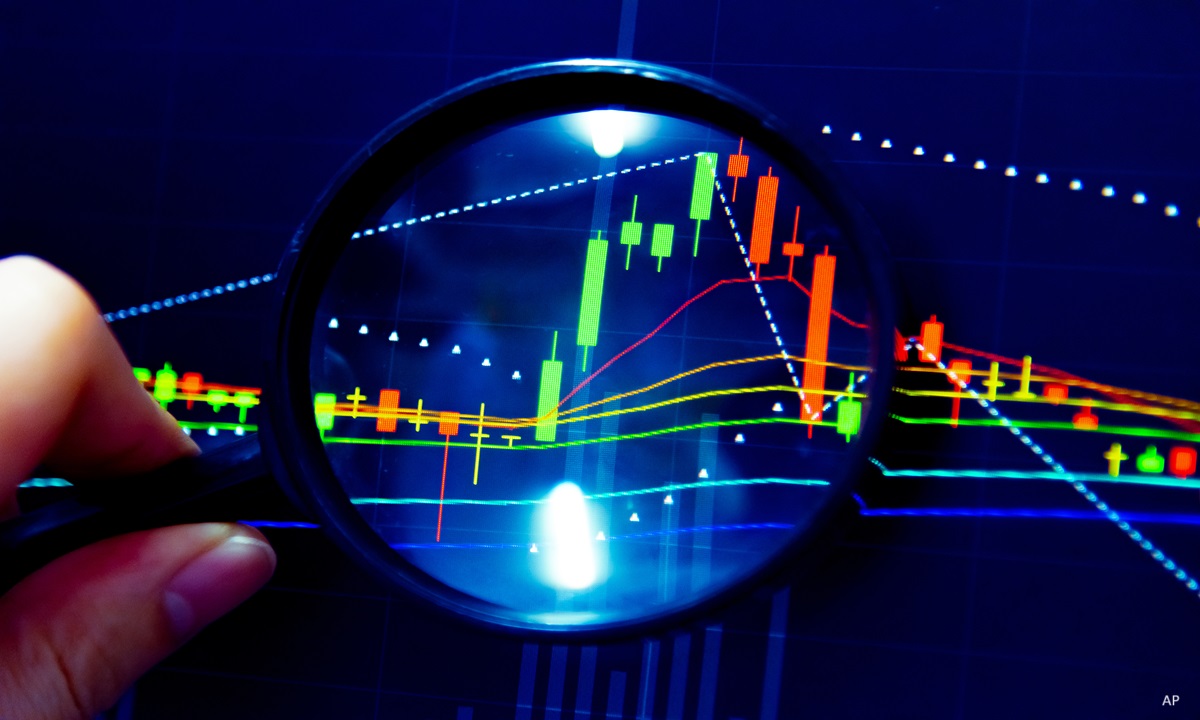Rolle im Portfolio
The db x-trackers MSCI EM LATAM ETF provides exposure to many of the biggest and most liquid companies in Latin America. The region has seen remarkable growth of late, and Brazil in particular has emerged as a global powerhouse and the world’s seventh largest economy. The fund is best deployed as a tactical tool to overweight Latin America within a portfolio.
The MSCI EM Latin America Index is broadly diversified by sector, although on a geographic basis Brazil makes up more than half the total. Returns from the underlying index have been fairly volatile, exhibiting annual standard deviation of 27.2% over the last fifteen years, versus 14.6% for the MSCI World. An investment like this therefore requires a lengthy time horizon and a strong stomach to handle the swings.
The fund does not make any distributions, therefore it may not suit investors looking for income.
Fundamentale Analyse
The Latin American region has been experiencing rapid growth as countries there have embraced economic reforms and globalisation. Much rests on the health of Brazil, the largest economy in the area and by far the largest weight in the MSCI EM Latin America Index. Thanks to a wealth of natural resources, Brazil benefited from the rise in commodity prices over the last decade and the growth of raw material exports to China. With the Chinese economy slowing, however, demand for raw materials could drop considerably. Further muddying the picture is the extensive shale gas discoveries in the U.S.
Indeed, Brazil’s growth has slowed. From its record setting 7.5% in 2010, GDP growth tumbled to 0.9% in 2012, before recovering to 2.3% in 2013, but 2014 forecasts look bleak at 1.1%. The HSBC Brazil Composite Output Index, which measures conditions in both the manufacturing and services sectors of the economy, has hovered around 50-51 year-to-date (a value above or higher 50 indicates expansion). Much of the expansion has come in the run up to the 2014 FIFA World Cup and 2016 Olympic Games, although the degree of expansion has tapered off from higher levels earlier in 2014.
The employment situation has been fairly benign. The unemployment rate, which has steadily declined to 5%, is low by global standards.
Inflation, however, is still a real concern for the country. Brazil has a target inflation rate of 4.5% but actual inflation neared 6% in 2013, the maximum deemed tolerable, and is forecasted to continue to rise. According to Brazilian statistics agency IBGE, the main consumer price index rose by 4.9% in the 12 months through Q1 2014. To combat rising prices, Brazil’s central bank, which is not entirely independent, has had to raise interest rates to 11%, a reversal after two years of loosening policy brought rates as low as 7.25%. That tightening stance may hurt an already fragile economy although it has provided some support to the relatively weak real.
Farther north, Mexico’s president, Enrique Pena Nieto, upon election embarked on an ambitious campaign to spur competition and bank lending and curb corruption. But reform efforts have been a disappointment so far. Overall, Mexico’s economy has rebounded in the last five years, and overtook Brazil as Latin America’s biggest car manufacturer, driven by export sales to the U.S. Mexico’s economy however, registered growth of only 1.1% in 2013.
Indexkonstruktion
The MSCI EM Latin America Index is a free float-adjusted market capitalisation weighted index. The index includes the top 85% of all investable equities from this region, and currently has about 140 constituents. The index is reassessed on a semi-annual basis and reviewed quarterly to ensure accurate reflection of the growing equity market. The index has a large concentration in Brazil (55-60%), followed by Mexico (25-30%), Chile (7-8%), Colombia (5-6%), Peru (2-3%) and Spain (0-1%). On a sector level, financials (29-31%) is the top weight, followed by consumer goods (13-15%) and basic materials (12-14%). The biggest exposures at the issuer level are Petrobras, which makes up 6-8% of the total, when its common and preferred shares are combined, Itau (5-7%) and Banco Bradesco (3-5%). Overall, the index is top-heavy, with 21-23% in just the top 5 firms.
Fondskonstruktion
The fund uses synthetic replication to provide exposure to the underlying benchmark, entering an unfunded swap with parent company Deutsche Bank. The fund uses investors’ cash to buy a substitute basket of securities, the performance of which is exchanged for the performance of the index. The substitute basket is marked to market daily and its composition can change every day. Its total value was equivalent to 98.89% of the fund’s net asset value at the time of writing. In compliance with UCITS III rules, net counterparty exposure cannot exceed 10% of the fund’s NAV, implying that the substitute basket must at a minimum be valued at 90% of the fund’s net assets. At the time of writing, the substitute basket mainly consisted of German, Dutch and Norwegian stocks from a variety of industries. Under the terms of the swap, the counterparty agrees to provide the fund with exposure to the total return of the MSCI EM Latin America Index, net of any associated taxes, costs or fees. The return from the swap assumes that all dividends paid by the underlying stocks are reinvested in the index. This fund does not pay out any dividend distributions.
Gebühren
The fund levies a total expense ratio (TER) of 0.65%, which falls in the middle of the range for ETFs tracking Latin American equities. Other costs potentially borne by the shareholder but not included in the total expense ratio include swap fees (0.38% at the time of writing), and bid-ask spreads and brokerage fees when buy and sell orders are placed for ETF shares.
Alternativen
Many providers offer ETFs linked to the MSCI EM Latin America, including SPDR, Lyxor, HSBC, Amundi, and iShares (in which case the underlying index is MSCI EM Latin America 10/40). The fund with the lowest fees is the Amundi fund, with a TER of 0.45%.








:quality(80)/cloudfront-us-east-1.images.arcpublishing.com/morningstar/VPCBITMQP5FKLIZ32POIXOV3MQ.jpg)








